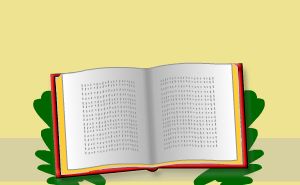Home > Authors Index > Andrew Lang > Clyde Mystery, a Study in Forgeries and Folklore > This page
The Clyde Mystery, a Study in Forgeries and Folklore, a non-fiction book by Andrew Lang |
||
XXIII - MODERN SURVIVAL OF MAGICAL WOOD CHURINGA |
||
| < Previous |
Table of content |
Next > |
|
________________________________________________
_ XXIII - MODERN SURVIVAL OF MAGICAL WOOD CHURINGA I take another example of modern survival in magic. Dr. Munro, perhaps, would think wooden churinga, used for magical ends, "incongruous with the earlier Scottish civilisation." But such objects have not proved to be incongruous with the Scottish civilisation of the nineteenth century. The term churinga , "sacred," is used by the Arunta to denote not only the stone churinga nanja, a local peculiarity of the Arunta and Kaitish, but also the decorated and widely diffused elongated wooden slats called "Bull Roarers" by the English. These are swung at the end of a string, and produce a whirring roar, supposed to be the voice of a supernormal being, all over Australia and elsewhere. I am speaking of survivals , and these wooden churinga, at least, survive in Scotland, and, in Aberdeenshire they are, or were lately called "thunner spells" or "thunder bolts." "It was believed that the use of this instrument during a thunderstorm saved one from being struck by the thunner bolt." In North and South America the bull roarer, on the other hand, is used, not to avert, but magically to produce thunder and lightning. {91} Among the Kaitish thunder is caused by the churinga of their "sky dweller," Atnatu. Wherever the toy is used for a superstitious purpose, it is, so far, churinga , and, so far, modern Aberdeenshire had the same churinga irula as the Arunta. The object was familiar to palaeolithic man.
|
||

